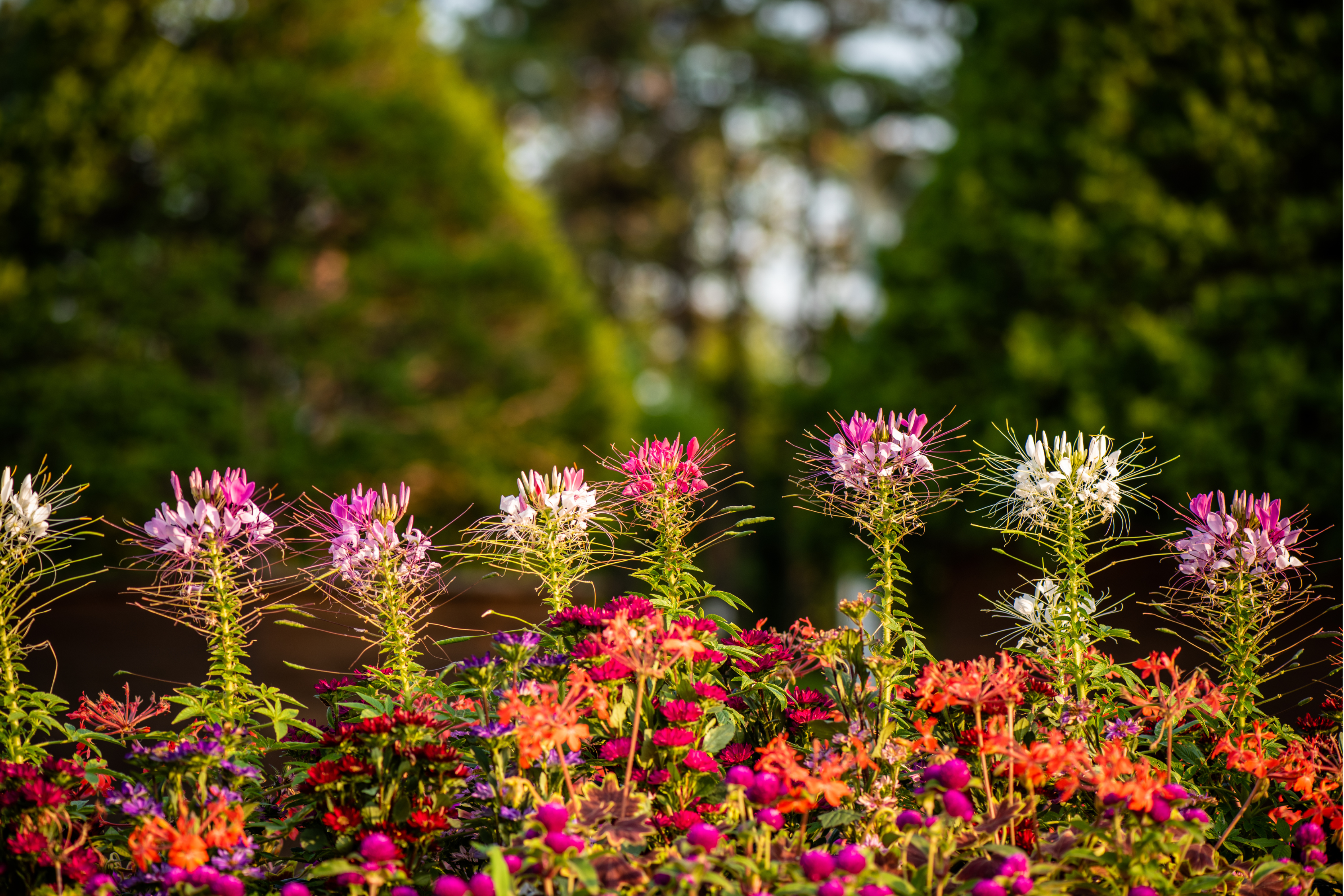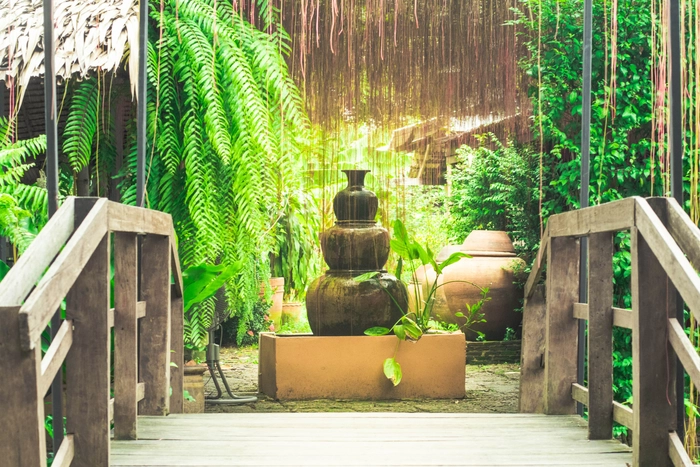Introduction:
Feng Shui, the ancient Chinese art of harmonizing energy, offers valuable insights for creating gardens that not only delight the senses but also nourish the soul. By applying the principles of Feng Shui to your garden design, you can create outdoor spaces that promote balance, harmony, and positive energy flow, enhancing your well-being and connecting you with the natural world. In this guide, we'll explore the principles of Feng Shui garden design, offer tips for creating harmonious layouts, and inspire you to transform your garden into a sanctuary of peace and tranquility.
Principles of Feng Shui Garden Design:
-
Balance and Harmony: Feng Shui garden design emphasizes balance and harmony, with a focus on creating a harmonious relationship between the elements of nature – earth, water, wood, metal, and fire. Design your garden to incorporate a balance of yin and yang energies, with soft curves and flowing lines balanced by strong vertical elements and geometric forms.
-
Flowing Energy: Ensure that energy, or Qi, flows smoothly and freely throughout your garden by creating meandering pathways, gentle curves, and open spaces that invite movement and exploration. Avoid sharp angles, dead ends, or cluttered areas that disrupt the flow of energy and create stagnation.
-
Five Elements: Integrate the five elements of Feng Shui – wood, fire, earth, metal, and water – into your garden design to create a harmonious balance of energies. Incorporate plants, colours, materials, and features that represent each element, such as wooden pergolas, fire pits, stone pathways, metal sculptures, and water features, to create a dynamic and vibrant landscape that nourishes the senses and balances the energy of the space.
-
Bagua Map: Use the Bagua map, a Feng Shui tool that divides a space into nine areas representing different aspects of life, to guide the layout and design of your garden. Align the Bagua map with the entrance of your garden and place elements such as pathways, plantings, and features in accordance with the principles of Feng Shui to enhance specific areas of your life, such as health, wealth, relationships, and creativity.
Tips for Creating Harmonious Garden Layouts:
-
Define Entry Points: Create a welcoming and inviting entrance to your garden that allows energy to enter and circulate freely throughout the space. Use pathways, gates, and archways to guide visitors into the garden and create a sense of arrival, and frame the entrance with plants, flowers, and welcoming accents to enhance the flow of energy and create a positive first impression.
-
Balance Yin and Yang: Balance yin and yang energies in your garden by incorporating a mix of soft and hard landscaping elements, light and shade, and smooth and textured surfaces. Combine lush plantings with structural elements such as walls, fences, and pergolas to create a harmonious interplay of yin and yang energies that promotes balance and tranquility.
-
Create Outdoor Rooms: Design your garden to include outdoor rooms or "zones" that serve different functions and activities, such as relaxation, dining, meditation, and play. Use screening plants, trellises, and garden walls to define boundaries and create intimate spaces within the garden, and incorporate seating, lighting, and accessories to enhance the functionality and comfort of each area.
-
Embrace Natural Materials: Use natural materials such as wood, stone, bamboo, and clay in your garden design to create a sense of connection with the earth and enhance the flow of energy throughout the space. Choose materials with organic textures and finishes that complement the natural beauty of the garden and create a harmonious and cohesive aesthetic.
Inspiring Feng Shui Garden Ideas:
-
Meditative Retreat: Create a meditative retreat in your garden with a tranquil water feature, such as a bubbling fountain or reflective pond, surrounded by lush plantings, smooth stones, and sculptural elements that evoke a sense of serenity and calm. Design seating areas or meditation spaces nearby where you can relax, unwind, and connect with the soothing sounds and energies of the water.
-
Moon Garden: Design a moon garden with white and silver flowers, fragrant night-blooming plants, and reflective surfaces that capture the soft glow of moonlight and create a magical ambiance after dark. Incorporate elements such as white roses, moonflowers, jasmine, and silver foliage plants, as well as moon-shaped ornaments and luminous accents, to enhance the mystical and enchanting atmosphere of the garden.
-
Healing Garden: Create a healing garden with medicinal herbs, aromatic plants, and healing elements such as massage stones, wind chimes, and essential oil diffusers that promote relaxation, rejuvenation, and well-being. Choose plants with therapeutic properties such as lavender, chamomile, lemon balm, and rosemary, and design pathways and seating areas that encourage contemplation, mindfulness, and self-care.
Conclusion:
Feng Shui garden design offers a holistic approach to creating outdoor spaces that nourish the body, mind, and spirit, promoting balance, harmony, and positive energy flow. By applying the principles of Feng Shui to your garden layout and design, you can create outdoor sanctuaries that inspire peace, tranquility, and connection with the natural world.
So, let the principles of Feng Shui guide you as you design your own garden oasis, where energy flows freely, and every element is thoughtfully chosen to enhance the beauty, balance, and harmony of the space. With a little creativity, inspiration, and a touch of Feng Shui wisdom, your garden will become a sanctuary of serenity and a source of joy and inspiration for years to come.
Happy gardening, and may your Feng Shui garden blossom with beauty, harmony, and positive energy!

